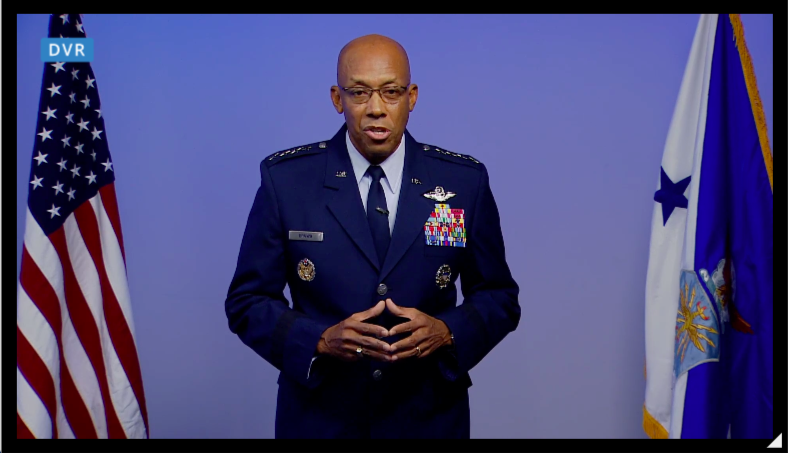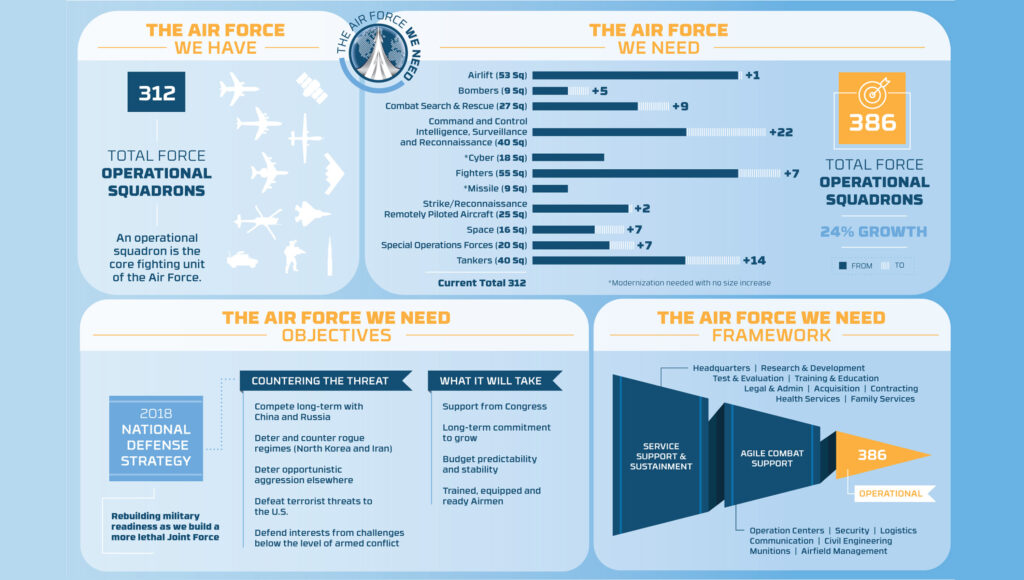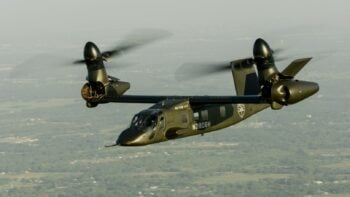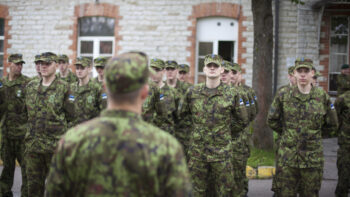
Air Force Chief of Staff Gen. Charles Brown
WASHINGTON: New Air Force Chief of Staff Gen. Charles Brown signaled today that he may not be wedded to the 386-squadron goal set by former service Secretary Heather Wilson in 2018.
“I think about, more so, what is the capability that would give me the equivalent of 386? What things can I do?” he told the Mitchell Institute today. “Some of that may not be exquisite and expensive; it may be doing things differently.”
As an example, he pointed to intelligence and cyber operations: “It may be just information and moving the data that helps increase our capability. It’s a metric for planning,” he summed up. “What I’m really trying to do is maximize my capability.”
The goal of beefing up the Air Force to include 386 squadrons by 2030 was articulated in the service’s September 2018 analysis of its requirements to meet the National Defense Strategy, called The Air Force We Need. It included 55 fighter and nine bomber squadrons, and represented a whopping 24 percent growth over the service’s then-end strength of 312 squadrons.
Since then, the service has not been able to come close to that goal — primarily due to a lack of funding. The failure to move the needle also stems from the systemic problems in keeping its aging fleets flying and the recognition that it needs to modernize to meet the challenges of peer competitors China and Russia. As a study last October by the Center for Strategic and International Studies (CSIS) found, the real question at hand is what can the Air Force afford. Answering that question is likely to just get harder in the post-pandemic environment, when the DoD budget at best is expected to remain stagnate.
However, Brown did stress that it remains true that anything less than the capability provided by 386 squadrons will incur risks.
“One of the jobs I have here is to actually help articulate, you know, why we need to modernize, so we can get closer to 386 in capability. But at the same time we need to also be able to articulate the risk,” he said. “It’s easy to … say risk in broad terms with an adjective in front of it, but I also need to be able to articulate what that risk is and what the things we are going to be able or are not going to be able to do as we go forward.”
That risk has to be balanced, he added, between the impact it has on today’s needs for the Combatant Commanders in the field, and the need for force modernization. Having “conversations” with the Combatant Commanders and Air Force Major Commands to reach agreements about where risk is “balanced over time” is going to be one of his primary focuses in the near term, Brown said.
“I’m not asking the Combatant Commander to take all the risk. I don’t think I should take zero risk. I think we both got to take a little bit of risk. … And that’s really my goal with these conversations I intend to have — and in the ones I’ve already had,” he said.
UK picks 90 suppliers to support Hypersonic strike program
The various suppliers were all picked to join a Hypersonic Technologies and Capability Development Framework (HTCDF) agreement, making them eligible to compete for eight lots worth a maximum value of £1 billion ($1.3 billion) over the next seven years.


























